Space News
Spaceflightnow
100

Axiom Mission 4 delayed due to Dragon capsule readiness
- The fifth Dragon spacecraft, tail number C213, will not be ready to support the flight of Axiom Mission 4 (Ax-4) to the International Space Station until next month, delaying the launch targeting from May 29 to at least June 8.
- The delays in readiness of the C213 Dragon spacecraft have impacted multiple missions over the years, with problems identified in propulsion, environmental control systems, and a battery that needed replacement.
- Axiom Mission 4 crew includes Commander Peggy Whitson, Pilot Shubhanshu Shukla, Mission Specialist Sławosz Uznański-Wiśniewski, and Mission Specialist Tibor Kapu, with the mission planned for a roughly two-week stay on the space station.
- NASA also announced plans for Crew-11 mission and SpaceX’s 33rd Commercial Resupply Services (CRS) mission to the ISS, with future commercial space stations aiming to continue crewed work in microgravity post the ISS retirement.
Read Full Article
5 Likes
Livescience
349
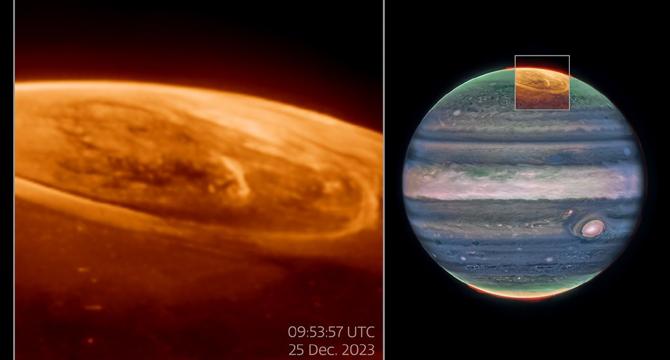
Image Credit: Livescience
James Webb telescope reveals 'impossible' auroras on Jupiter that have astronomers scratching their heads
- On Christmas Day in 2023, scientists used the James Webb Space Telescope to capture rapidly-changing features in Jupiter's auroras.
- The observations could help explain how Jupiter's atmosphere is heated and cooled, as reported in a study published in Nature Communications.
- The researchers focused on infrared light emitted by the trihydrogen cation, H3+, to understand its role in cooling Jupiter's atmosphere.
- Puzzling data was discovered when comparing JWST's infrared observations with Hubble's ultraviolet observations of Jupiter's auroras, leaving scientists with unanswered questions.
Read Full Article
21 Likes
Nasa
34

Image Credit: Nasa
Wednesday Boasted Health Scans in Space and More Dragon Cargo Stowage and Advanced Science Experiments for the Expedition 73 Crew
- Expedition 73 crew on the International Space Station completed health scans, cargo stowage, and advanced science experiments on Wednesday.
- NASA Flight Engineers and JAXA astronaut were involved in transferring dragon cargo stowage and receiving medical scans via the Health Maintenance Systems.
- Various crew members worked on tasks like replacing equipment in the Advanced Space Experiment Processor, conducting eye ultrasound, monitoring plant growth, and recording data for experiments.
- In-flight maintenance activities included reinforcing video cables, inspecting station parts, terminating autocycle on spacesuit batteries, and swapping drying agent packs in the GLACIER freezer/refrigerator.
Read Full Article
2 Likes
Arstechnica
172
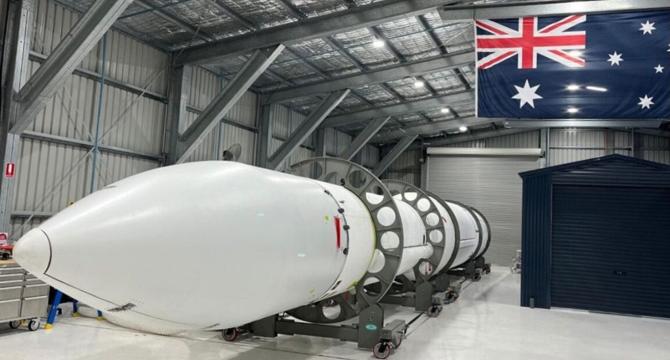
Image Credit: Arstechnica
A privately developed Australian rocket is ready for a historic launch
- Gilmour Space, a venture-backed startup in Australia, is preparing for a historic launch of its small rocket named Eris.
- The rocket is set to launch from the company's privately owned spaceport on Australia's northeastern coastline, marking the first attempt to reach orbit with an Australian-designed and built rocket.
- The launch window for Gilmour's Eris rocket spans 10 hours on Thursday local time, with a window from 5:30 pm EDT Wednesday to 3:30 am EDT Thursday in the United States.
- The upcoming launch is a test flight, following successful engine tests and countdown rehearsals last year, although potential delays due to weather, system checks, or technical issues have been acknowledged by Gilmour.
Read Full Article
10 Likes
Discover more
Livescience
332
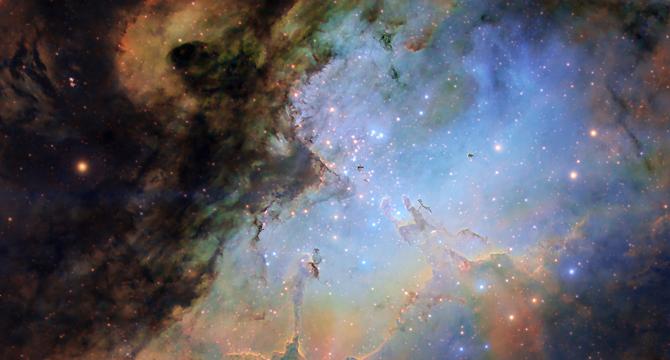
Image Credit: Livescience
The universe is dying much faster than scientists thought, new study suggests
- A new study suggests that the universe could be dying much quicker than previously thought, with a theoretical maximum lifespan estimated at around 1,000,000,000,000,000,000,000,000,000,000,000,000,000,000,000,000,000,000,000,000,000,000,000,000 years.
- This estimate is based on the decay of stellar remnants, with a new upper limit proposed by researchers, significantly shorter than the previous estimate of 101,100 years.
- The study underscores the inevitability of all things decaying, although there is still ample time left to achieve remarkable feats.
- Stars evolve into different remnants like white dwarfs and neutron stars, with the most massive ones ending in supernovae or black holes that can eventually evaporate.
- The researchers' theory suggests that all massive objects could decay, similar to black holes, through a process called gravitational pair production, leading to their eventual demise.
- The new findings highlight the potential lifespan of various stellar remnants and theorize that supermassive black holes could survive up to 1096 years.
- While the universe may not necessarily last as long as these estimates suggest, it is projected that galaxies will run out of material for star formation within that timeframe.
- In around 17 trillion years, the last stars in the universe are expected to have died, leaving only the stars in our own Galaxy visible to our human eyes.
- Our sun is predicted to expand and die in approximately 5 billion years, making our solar system uninhabitable well before the rest of the stars meet their end.
- The study on stellar remnant decay has been described as fascinating, showing that these remnants have a maximum possible lifetime before they decay through processes akin to Hawking radiation.
Read Full Article
19 Likes
Nasa
133
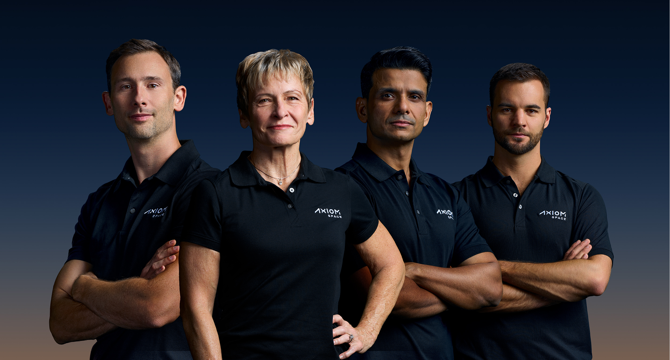
Image Credit: Nasa
NASA to Participate in Next Private Astronaut Mission Teleconference
- NASA will participate in a teleconference hosted by Axiom Space regarding the launch of Axiom Mission 4 to the International Space Station.
- The Axiom Mission 4 crew includes astronauts from ESA, ISRO, and representatives from Poland and Hungary.
- The launch is scheduled for June 8, 2025, from NASA's Kennedy Space Center in Florida, with a four-person multinational crew conducting research experiments in microgravity during the mission.
- NASA aims to develop a low Earth economy through commercial space strategies, using the ISS as a platform for research and preparation for future deep space missions.
Read Full Article
8 Likes
Nasa
392

Image Credit: Nasa
NASA, Partners Adjust Summer 2025 Space Station Flight Planning
- NASA and its partners are adjusting launch opportunities for upcoming space station missions to allow more time for finalizing mission plans, spacecraft readiness, and logistics.
- The new targeted launch opportunities include Axiom Mission 4 in June, NASA's SpaceX Crew-11 in late July, and NASA's SpaceX 33rd Commercial Resupply Services in late August.
- Axiom Mission 4 will involve private astronauts launching aboard a SpaceX Dragon spacecraft to work alongside the Expedition 73 crew for a short time, conducting various activities on the orbiting laboratory.
- NASA astronauts and international partners will also participate in upcoming missions, including Crew-11 and the 33rd commercial resupply mission by SpaceX in August, aiming to deliver supplies, conduct science experiments, and maintain the space station's altitude.
Read Full Article
23 Likes
Nasa
336
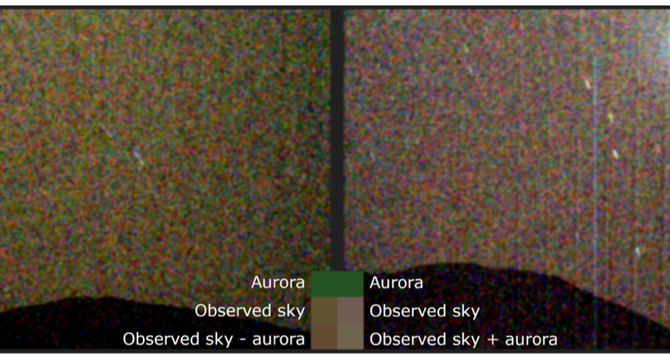
Image Credit: Nasa
NASA Observes First Visible-light Auroras at Mars
- NASA's Perseverance Mars rover made history by detecting green auroras for the first time on Mars on March 15, 2024, during a solar storm.
- Unlike Earth, Mars lacks a global magnetic field leading to different types of auroras such as solar energetic particle (SEP) auroras.
- SEP auroras on Mars occur when energetic particles from the Sun interact with the Martian atmosphere, causing it to glow across the night sky.
- NASA coordinated with various teams to capture visible images and spectra of the SEP aurora from Mars' surface during the solar storm.
- The team strategically selected a strong Coronal Mass Ejection (CME) to trigger visible-light auroras on Mars for observation.
- Data from Perseverance and MAVEN's instruments confirmed the presence of solar energetic particles during the aurora observation.
- The successful detection of these auroras opens up new possibilities for future auroral research and potential observations by astronauts on Mars' surface.
- NASA's Perseverance and MAVEN missions played crucial roles in observing and understanding these phenomena, aiding in preparing for human exploration of Mars.
- This collaborative effort highlighted the importance of cross-mission coordination in capturing unique astral events like the green auroras on Mars.
- The observed 557.7 nm emission from solar energetic particles suggests that future Martian astronauts might witness similar auroras during their missions.
Read Full Article
20 Likes
Nasa
349

Image Credit: Nasa
NASA’s Magellan Mission Reveals Possible Tectonic Activity on Venus
- New research based on NASA's Magellan mission data suggests that tectonic activity may be deforming Venus' surface, indicating ongoing tectonics on the planet.
- Coronae, vast quasi-circular features on Venus, are believed to be shaped by tectonic processes caused by molten material from the planet's mantle.
- A recent study published in Science Advances reveals new evidence of tectonic activity beneath Venus' coronae.
- Researchers studied coronae, which are thought to be locations where plumes of hot material rise from the mantle, influencing the planet's lithosphere.
- The study, led by Gael Cascioli, suggests that coronae on Venus could provide insights into Earth's past and present subsurface processes.
- NASA's upcoming VERITAS mission aims to provide high-resolution gravity data to further understand Venus' geological processes.
- Coronae formation on Venus involves various tectonic processes like subduction and lithospheric dripping, different from Earth's tectonic activities.
- The VERITAS mission will use advanced instruments to map Venus' surface, measure its gravitational field, and study its interior structure.
- Future data from VERITAS could revolutionize our understanding of Venus' geology, drawing parallels to early Earth's geological evolution.
- The Magellan mission, managed by NASA's Jet Propulsion Laboratory, made significant contributions to understanding Venus' geological features.
Read Full Article
21 Likes
Nasa
0
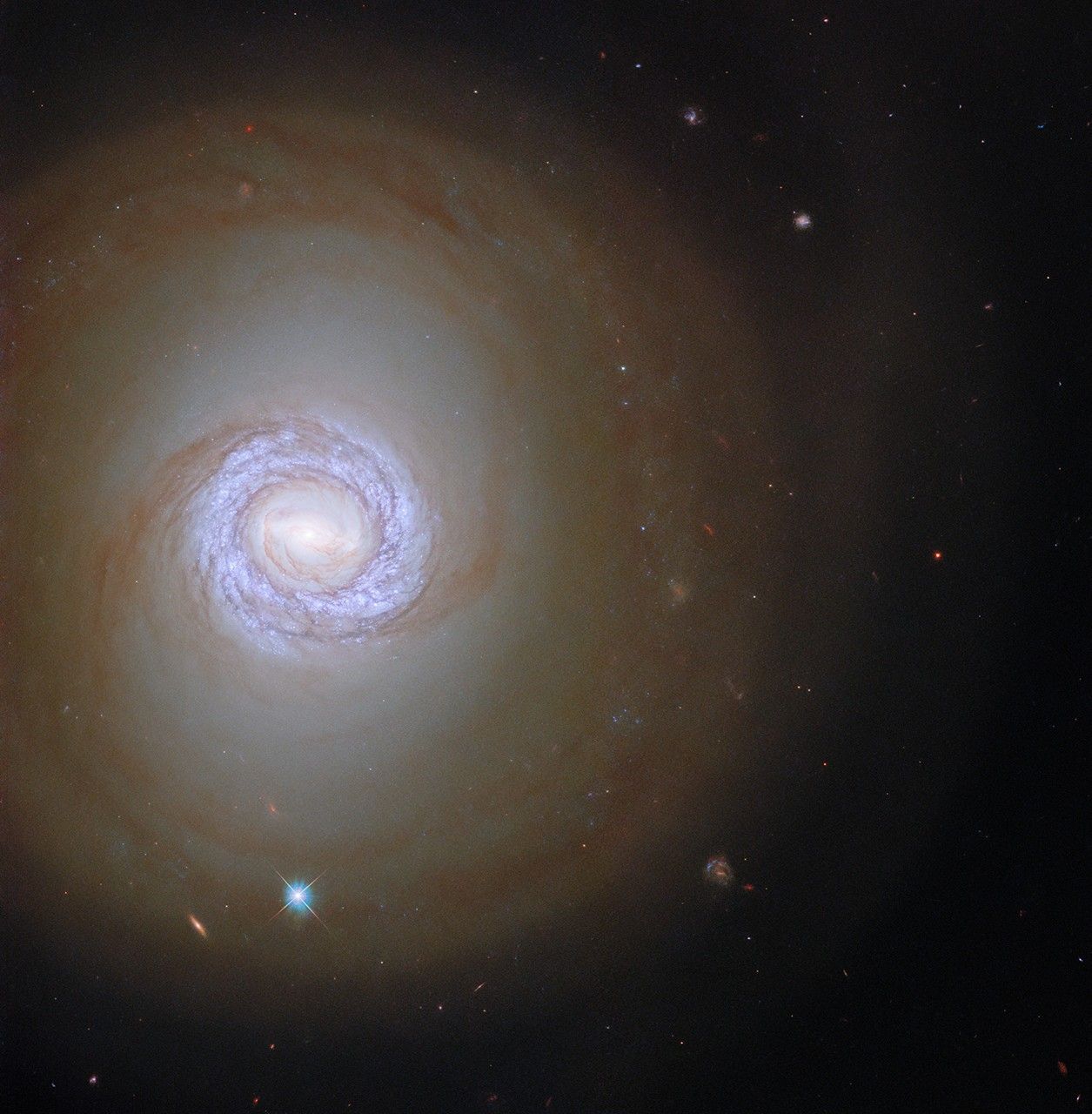
Image Credit: Nasa
Hubble Pinpoints Young Stars in Spiral Galaxy
- The NASA/ESA Hubble Space Telescope recently identified young stars in the spiral galaxy NGC 1317.
- NGC 1317, located more than 50 million light-years from Earth, exhibits a bright blue ring hosting hot, young stars.
- Data from Hubble's observations in collaboration with the ALMA array in the Atacama Desert helped astronomers study cold gas clouds and the formation of young stars.
- Hubble's teamwork with advanced facilities across the electromagnetic spectrum contributes to groundbreaking astronomical discoveries.
Read Full Article
Like
Livescience
34
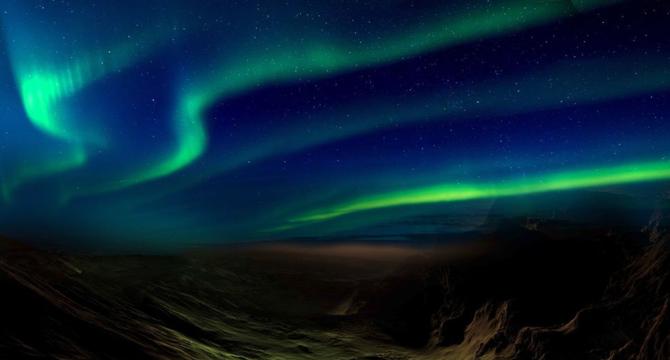
Image Credit: Livescience
Lights on Mars! NASA rover photographs visible auroras on Red Planet for the first time
- NASA's Perseverance rover captured the first-ever photo of visible auroras on Mars, caused by a solar storm colliding with the planet's magnetic field.
- While not as visually stunning as Earth's auroras, Mars' auroras were emitted in visible wavelengths for the first time in the solar system.
- The faint green lights on Mars are believed to be the first auroras captured using visible light only, raising hopes for future human observation.
- Researchers positioned the rover to photograph the auroras after predicting that a solar storm would hit Mars.
- The detected green hues from the auroras were emitted by excited oxygen molecules in Mars' thin atmosphere.
- Humans may observe auroras on Mars in the future as solar particles increase and atmospheric dust decreases.
- The weak auroras were barely visible and appeared only after editing out the glare from Mars' moon, Phobos.
- Other planets in the solar system, like Venus, Jupiter, Saturn, Uranus, and Neptune, also exhibit extraterrestrial auroras, albeit in non-visible spectra.
- Solar storms triggering auroras on planets like Earth, Mars, and Venus have become more common during the peak of the sun's activity cycle.
- Mars' limited atmosphere still has enough gas to emit colorful auroras, despite lacking a proper magnetic field to shield it from solar winds.
Read Full Article
2 Likes
Nasa
397

Image Credit: Nasa
NASA Studies Reveal Hidden Secrets About Interiors of Moon, Vesta
- NASA studies using gravity data from spacecraft orbiting the Moon and asteroid Vesta reveal new insights into their internal structures.
- The Moon study focused on tiny variations in its gravity caused by tidal deformation, leading to the most detailed gravitational map to date that aids in future lunar missions.
- A second study on Vesta suggests a uniform internal structure rather than distinct layers, challenging previous theories about the asteroid's composition.
- Led by Ryan Park, both studies utilized NASA supercomputers to analyze gravity variations and understand the composition of planetary bodies like the Moon and Vesta.
- The Moon's near side shows more flexing than the far side, indicating differences in internal structure possibly due to volcanic activity billions of years ago.
- The Vesta study used rotational properties to reveal a more homogeneous structure with a small core, contrasting with expectations of differentiated layers.
- By measuring inertia changes, scientists can infer the distribution of mass inside asteroids like Vesta, shedding light on their formation and evolution.
- NASA's technique for studying planetary interiors can be applied to other bodies like Io, Ceres, and Jupiter's moons, offering insights across the solar system.
- The studies highlight the importance of gravity data in understanding planetary structures without the need for surface data, opening avenues for future exploration.
- Ryan Park's team continues to apply their technique to various celestial bodies, expanding our knowledge of the diverse compositions and formations in the solar system.
Read Full Article
23 Likes
Knowridge
159
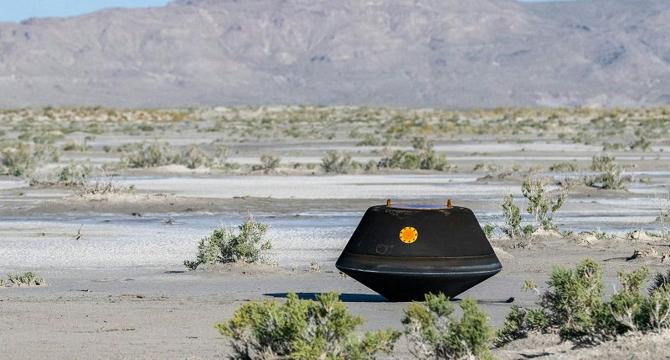
Image Credit: Knowridge
Why collect asteroid samples?
- China's Tianwen-2 mission is set to launch this month to retrieve asteroid samples from Kamoʻoalewa, following successful missions by the U.S. and Japan in studying asteroid samples on Earth.
- Asteroid sample return missions are crucial for scientists as they provide physical samples for in-depth analysis using various tools like CT scans and electron microscopes.
- The collection process and analysis of asteroid samples offer new scientific insights in understanding asteroid compositions and histories.
- Japan's Hayabusa2 mission targeted carbon-rich asteroid Ryugu, revealing insights about its composition through the sample collection process.
- NASA's OSIRIS-REx mission returned samples from Bennu, allowing scientists to study the capsule's reentry through networked instruments, aiding in atmospheric studies.
- Researchers discovered water-rich clay and evaporite minerals in the Bennu sample, suggesting a wet and muddy past for the asteroid, potentially harboring organic molecules.
- Asteroid mining missions like NASA's Psyche mission aim to explore metallic asteroids for valuable metals, offering insights into Earth's core and commercial interests in space.
- Psyche mission lays groundwork for understanding the metals present in asteroids, paving the way for potential future commercial asteroid mining operations.
- Asteroid sample return missions serve as a bridge between scientific exploration and potential commercial endeavors in space.
- While asteroid mining remains a concept, missions like Psyche provide valuable data on asteroid compositions and formations for future endeavors.
- These missions highlight the significance of asteroid samples in unraveling cosmic mysteries and laying the foundation for future space exploration.
Read Full Article
9 Likes
Spaceflightnow
246

Live coverage: SpaceX to launch 28 Starlink V2 Mini satellites on Falcon 9 rocket from Cape Canaveral
- SpaceX is preparing to launch 28 Starlink V2 Mini Optimized satellites on Falcon 9 rocket from Cape Canaveral Space Force Station.
- The Starlink 6-67 mission aims to add 28 more spacecraft to the existing 7,400 satellites in low Earth orbit.
- Launch from Space Launch Complex is scheduled for 12:38 p.m. (1638 UTC), with live coverage by Spaceflight Now starting an hour before liftoff.
- The weather forecast is favorable for the launch, with a 95 percent chance of good weather during ascent and SpaceX using Falcon 9 booster 1090 for the mission.
Read Full Article
14 Likes
Nasa
267
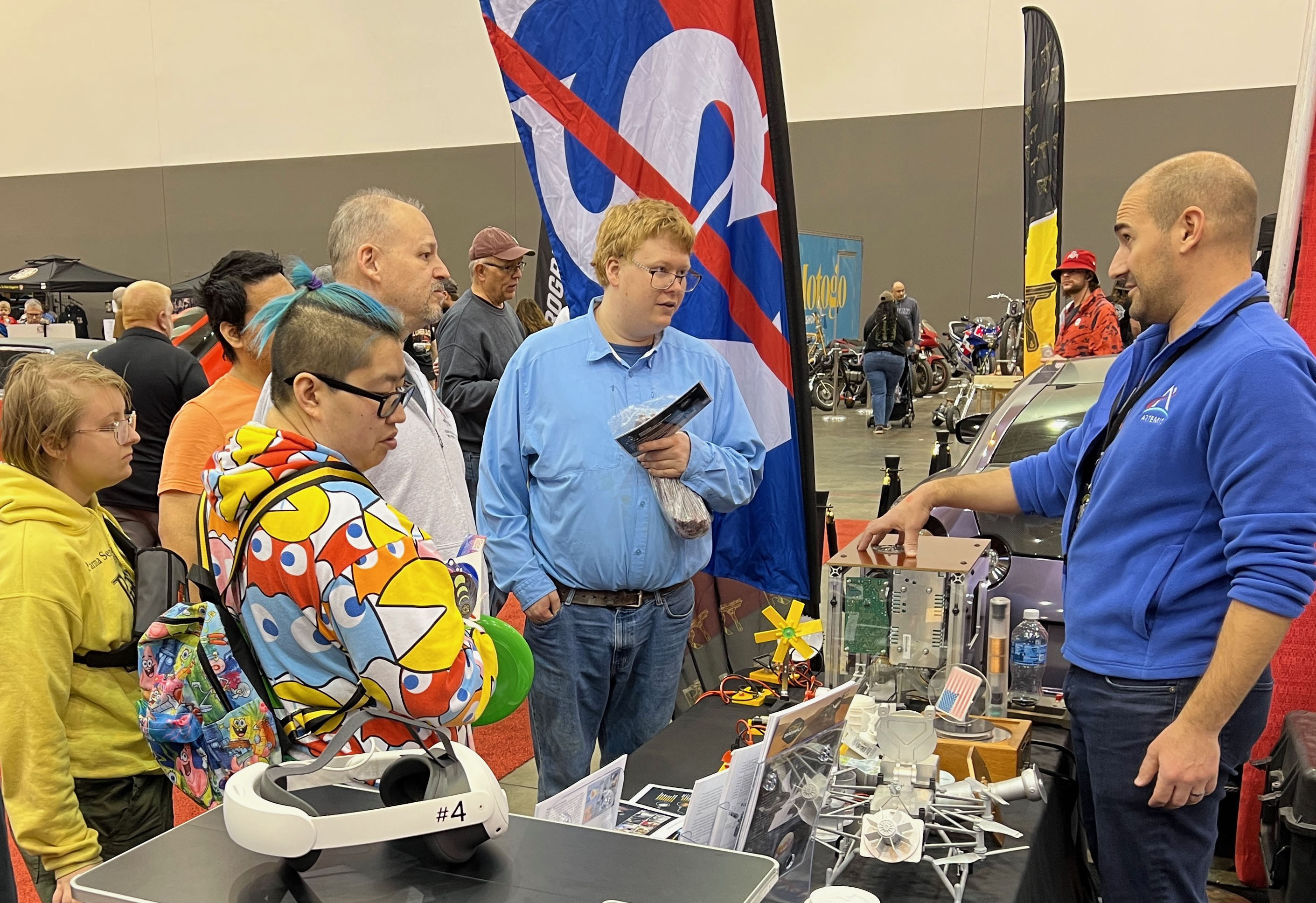
Image Credit: Nasa
NASA Glenn Showcases Stirling Engine Technology at Piston Powered Auto-Rama
- NASA Glenn Research Center showcased Stirling engine technology at the Piston Powered Auto-Rama in Cleveland.
- The event featured NASA's free-piston Stirling power convertor known for its record of 14 years maintenance-free operation.
- Attendees learned about NASA's use of space nuclear power for deep space exploration with radioisotope power systems.
- Over 57,500 people attended the Piston Powered Auto-Rama event.
Read Full Article
16 Likes
For uninterrupted reading, download the app